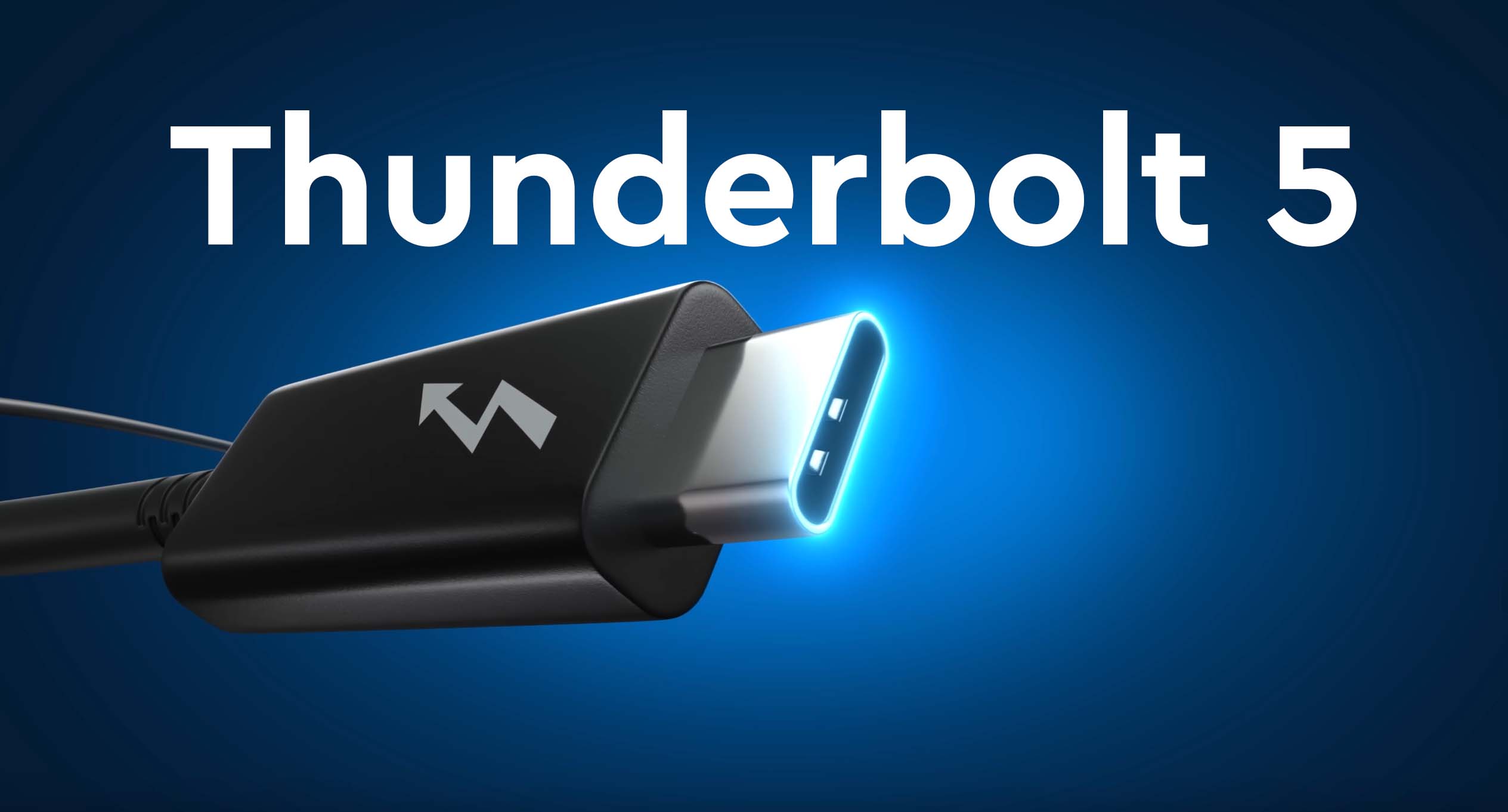Introduction: A Twist in the Tale of Technology
Have you ever wondered why Windows, a system initially designed for mundane office tasks, emerged as the dominant gaming platform? Or why Apple, renowned for its powerful hardware and cutting-edge graphics capabilities, never captured the gaming world? With lightning-fast processors and a reputation for excelling in multimedia, Apple seemed poised for success. Yet, history took a different turn. This article explores how a single bold decision transformed personal computers into gaming powerhouses, why Windows rose to the top, and how its reign is now facing new challenges.
The Birth of a Gaming Giant: Windows Defies the Odds
In the mid-1990s, Microsoft was gearing up to launch Windows 95, a system touted as a game-changer for personal computing. However, not everyone within the company shared the optimism. One developer, skeptical about its potential, believed that without gaming support, the platform was doomed. At the time, the gaming industry viewed Windows with disdain. Unlike DOS, which offered direct access to hardware, Windows—with its complex architecture and protected memory—was a nightmare for game developers.
Gamers and developers craved simplicity: unhindered control over graphics cards, sound, and input devices. Windows, however, introduced barriers that made game creation a torturous ordeal.
Undeterred, this developer teamed up with two like-minded rebels and embarked on a clandestine mission. Without executive approval, they launched a project codenamed Manhattan Project, aiming to dethrone Japanese gaming consoles. After four months of relentless work, fueled by energy drinks, they unveiled DirectX—a technology that would redefine the industry.
DirectX became a universal toolkit for developers. This graphics API standardized commands for graphics, sound, and input, bridging the gap between hardware and software. Direct3D handled 3D visuals, DirectDraw managed 2D graphics, DirectSound delivered audio, and DirectInput supported controllers and keyboards. For the first time, developers could craft a game that ran seamlessly across diverse hardware setups without endless customization.
Technology alone wasn’t enough to win over the industry. Microsoft needed proof that Windows could handle games seriously. They turned to id Software, the rockstars of the gaming world, and offered to port Doom and Doom 2 from DOS to Windows—for free. The result, Doom 95, launched in 1996 and stunned everyone. It ran faster than the original, thrilling gamers and sparking a surge in PC game development. DirectX became the gold standard, crowning Windows the undisputed leader of gaming platforms.
Apple: A Tale of Missed Chances and Missteps
While Microsoft conquered the gaming frontier, Apple charted a different course. In the 1990s, the company lagged behind: the first Mac OS X didn’t arrive until 2001, by which time the market had slipped away. Windows PCs, with their affordability, dominated the mainstream, while Apple doubled down on elegance and exclusivity. Their system was marketed as a haven for creative minds—designers, filmmakers, and musicians—but not for gamers.
Apple didn’t dismiss gaming as beneath them. They simply recognized the battle was lost and chose to play to their strengths instead.
Rather than building a rival to DirectX, Apple adopted OpenGL, a cross-platform API originally designed for professional 3D modeling and engineering. It was ill-suited for gaming and evolved more slowly than DirectX. Even in this domain, Apple trailed, updating OpenGL sluggishly. Their hardware prioritized sleek design and silent operation over raw power, leaving graphics cards as an afterthought. Backward compatibility, a cornerstone for gamers, was also neglected—older titles often became unplayable after system updates.
Apple’s woes deepened with drastic hardware shifts: from PowerPC to Intel in 2006, then to ARM-based Apple Silicon in 2020. Each transition wiped out the existing game library, alienating developers and players alike. Consequently, macOS remained a niche platform, far removed from the gaming spotlight.
Valve and Linux: Challenging the Status Quo
Meanwhile, cracks appeared in Windows’ dominance. The 2012 release of Windows 8 frustrated users and developers alike, prompting Valve, a titan in gaming, to seek an alternative. In 2013, they unveiled SteamOS, a Linux-based operating system, followed by Steam Machines—consoles built to run it. The vision was bold: an open, affordable platform with Steam’s vast game library at its core.
The dream faltered. Linux lacked a robust game catalog, and coupled with a shaky launch and an awkward controller, Steam Machines flopped. Microsoft breathed a sigh of relief. Yet Valve regrouped, returning in 2022 with the Steam Deck—a portable console powered by SteamOS 3, also Linux-based. This time, it clicked: sleek, powerful, and backed by Steam’s ecosystem, it became a hit.
The magic behind Steam Deck lies in Proton, a technology that translates Windows commands into Linux, enabling near-seamless play of Windows games.
Built on the open-source Wine framework and enhanced with DirectX-to-Vulkan conversion, Proton revolutionized gaming on Linux. Vulkan, a modern API succeeding OpenGL, offers superior performance and game-focused design. Proton even supports anti-cheat systems and game-specific tweaks, making Windows titles run as well—or better—on Linux than on their native platform.
Apple’s Comeback: A New Hope?
As Valve nibbles at Windows’ foundation, Apple prepares a counterstrike. With macOS revitalized by ARM chips and the shift from OpenGL to the homegrown Metal API, the company is in peak form. Apple Silicon boasts exceptional power and efficiency, while the unified macOS, iOS, and iPadOS ecosystem paves the way for cross-device gaming.
To tackle the perennial game shortage, Apple introduced the Game Porting Toolkit (GPT). This tool lets Windows games run on Macs unchanged and streamlines the porting process for developers. Early successes are evident, with major AAA titles trickling into the App Store. Inspired by GPT, the free tool Whiskey emerged, proving Macs can handle modern games without official ports.
Apple has the ingredients for a gaming breakthrough: top-tier hardware, stunning displays, a polished OS, and vast resources. A portable console or TV set-top box could be their ace. But will they play it? Mobile gaming already rakes in billions, and a foray into PC or console territory might not align with their polished product lineup.
Conclusion: The Future Belongs to the Bold
History teaches us that seismic shifts stem not from corporate blueprints but from daring individuals. Without DirectX, PCs might have remained office tools; without Valve’s Proton, Linux wouldn’t challenge the gaming status quo. Apple could still surprise us, but for now, Windows holds the crown—albeit unsteadily.
Who will take the next leap? The answer hinges on visionaries willing to defy convention. As gamers, we’re left to watch this thrilling technological saga unfold, wondering what the next chapter holds.


